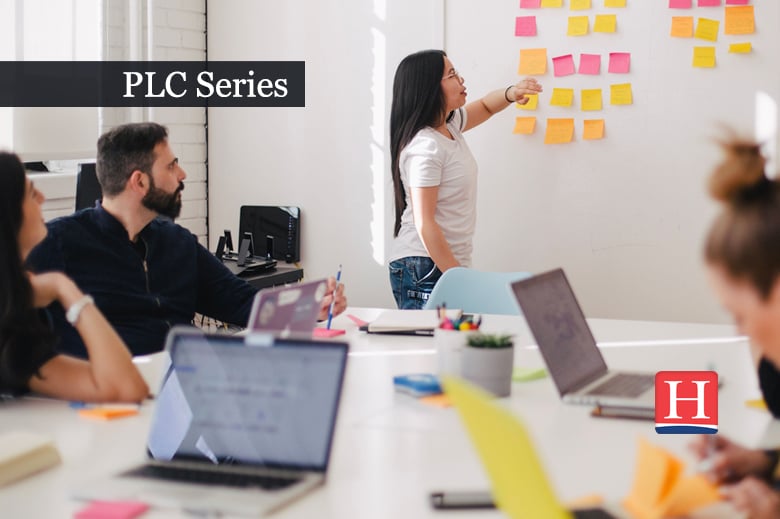
Welcome back to the Heinemann Professional Development Professional Learning Community (PLC) series.
Each month, we'll share a post designed to provoke thinking and discussion, through a simple framework, incorporating mini-collections of linked content into your professional development time.
This month, our post invites us to welcome inquiry into our both our teaching AND learning.
♦♦♦♦
“It's called "wayfinding"... it's not just sails and knots, it's seeing where you're going in your mind. Knowing where you are by knowing where you've been.”
—Maui in Disney’s Moana (2016)
♦♦♦♦
by Jaclyn Karabinas
![]() Connect
Connect
To understand how to authentically bring the cycle of inquiry to your students, we need to reflect upon how this process looks in our adult lives. What types of questions do we ask? When? Where do we go for information? How do we deal with roadblocks? What does it look like to synthesize and share what we learned?
Jot down a memory you have where you wondered something specific and pursued an answer to a question—could be a two-minute Google search or a longer-term experience. Be sure to list how you investigated (alone, with others, online, print material etc.), how you determined which information was relevant, important, and valid, and then what did you do with it. Did you post on social media? Write about it? Call someone? Simply exhale and move on?
![]() Consider
Consider
How can we embed the cycle of inquiry into professional learning culture so we can effectively model our own curiosity for students?
Make a list of your questions (What if...How...When...) to hold on to as you move to the next step.
![]()
Educate
Listen to the podcast with Harvey “Smokey” Daniels as he talks about his latest book The Curious Classroom. Keep your questions from earlier nearby. Note ideas or phrases he says that linger in your thoughts, cause you to wonder and might require further thinking as you listen.
![]()
Reflect
Take a close look at your notes from the podcast. When you try to mentally place these practices in your life and classroom, what stops you? How could you begin with modeling your own curious life?
![]()
Practice
Read 10 Steps to Bring Inquiry into your Classroom, a short piece that shares Smokey's ladder of inquiry practices you can incorporate as you gain comfort with this approach. Choose one to try over a few days in your classroom or with your teaching team. Not sure what to pick first? Revisit the list and see which one you envision making the most sense in your current setting. Still stuck? Begin with incorporating one of the steps into your own practice as you observe your students throughout the day, so you can see more clearly what this might look like for students.
![]()
Extend
Watch Smokey and his Upstanders co-author Sara Ahmed in this video blog as they talk about mini-inquiries and why this can be one of the best ways to begin in your classroom.
![]()
Refine
In the earlier podcast, Smokey says that he believes collaboration is the “secret sauce” to school change. So, try engaging in an inquiry with colleagues about this classroom practice. Make note of what you do individually and as a group to answer questions about teaching learning as you share your thinking and discussion each week.
![]()
Act
When describing classrooms that support inquiry cycles, Smokey explains, “It’s a tight ship, but it’s a different kind of ship.”
Set a reasonable, time-sensitive goal for yourself to redesign your “ship” and thus embark on your own inquiry to answer the guiding question in your own educational context: How can we embed the cycle of inquiry into professional learning culture so we can effectively model our own curiosity?
Remember to use tools of reflection, student feedback, and collaboration with colleagues as touch points along the way. Use what you discover to set your next goals, keeping in mind the wisdom from Maui as you set sail: Know where you are by knowing where you’ve been.
♦♦♦♦
Looking for more PD?
Join Harvey "Smokey" Daniels, Sara Ahmed, Chad Everett, Nancy Steineke, and Kristin Ziemke in Charleston, SC this January for an amazing Multi-Day Institute: Curiosity Across the Curriculum: Pursuing Engagement, Literacy, and Action through Inquiry



